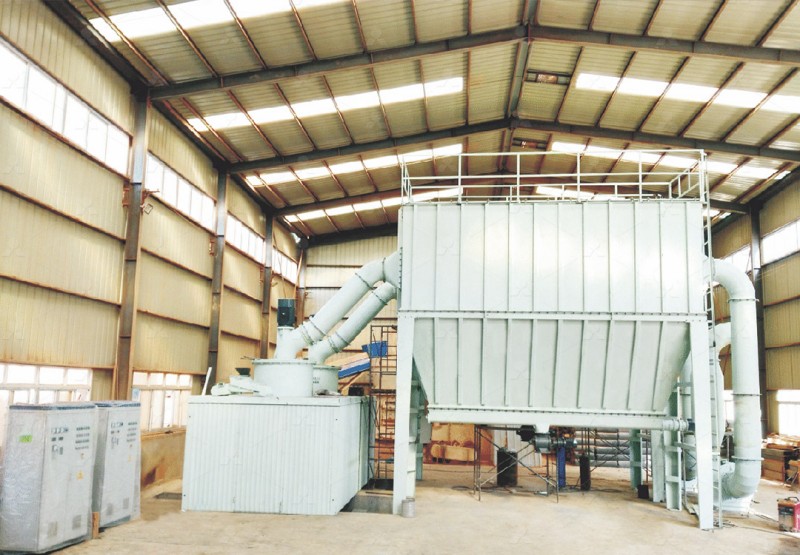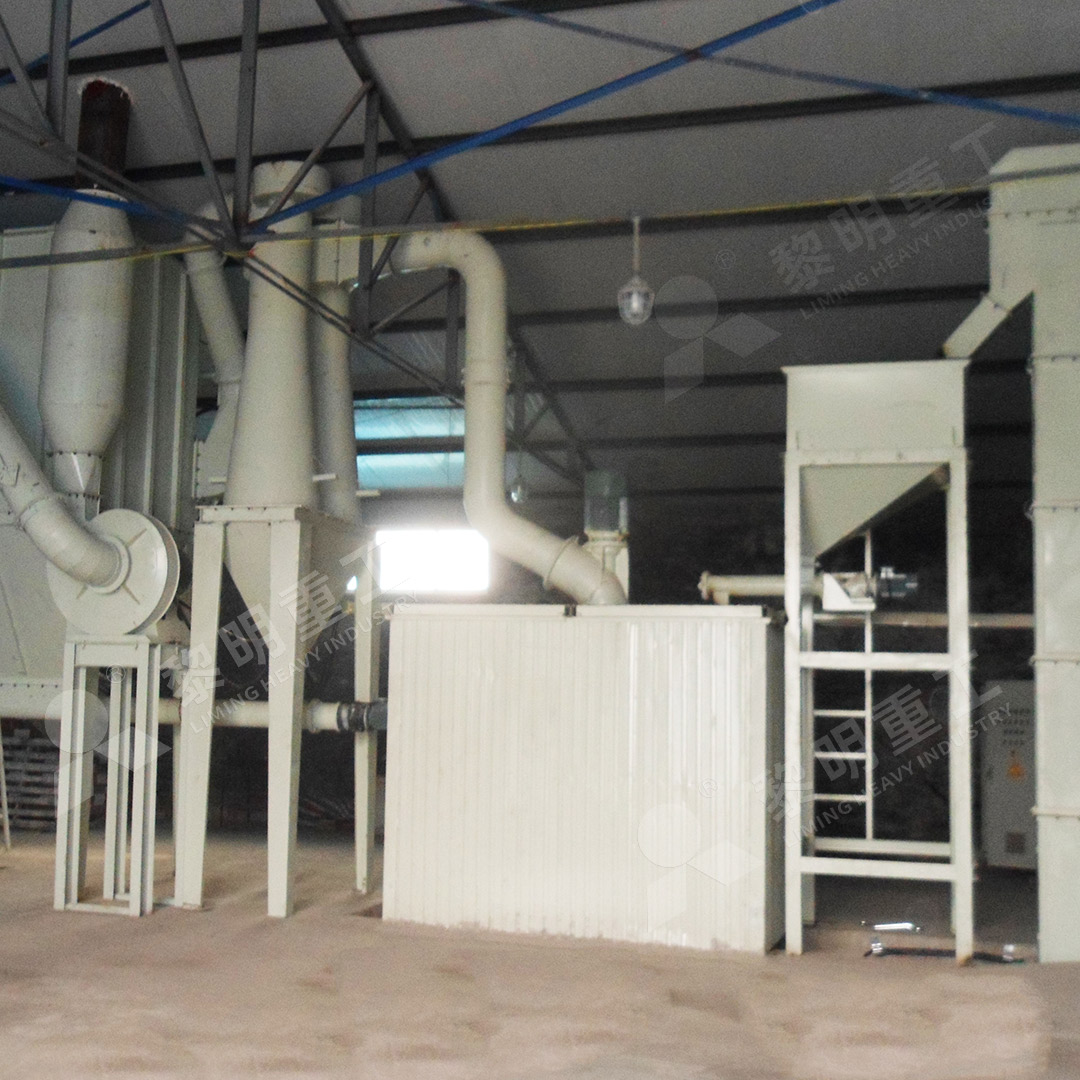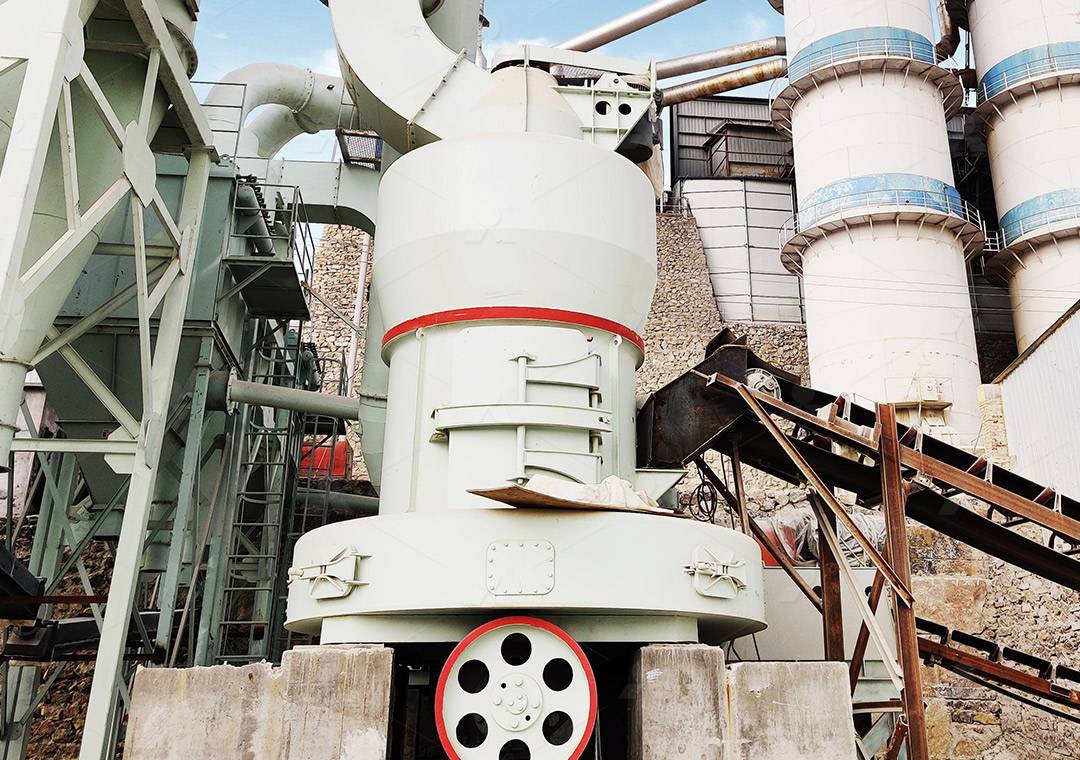Most Economical Ore Grinding Mill for Cost-Effective Mineral Processing
Most Economical Ore Grinding Mill for Cost-Effective Mineral Processing
In today’s competitive mineral processing landscape, operational efficiency and cost-effectiveness are paramount. Selecting the right grinding equipment can make the difference between profitability and financial strain. While numerous options exist in the market, the key lies in identifying technology that delivers superior performance while minimizing energy consumption and maintenance downtime.

The Economic Challenge in Modern Mineral Processing
Traditional grinding solutions often come with hidden costs that significantly impact the bottom line. High energy consumption, frequent maintenance requirements, and inconsistent product quality can erode profit margins. Many operations continue to use outdated technology that fails to meet modern efficiency standards, resulting in unnecessary operational expenses and environmental challenges.
The ideal grinding solution should address multiple aspects simultaneously: reducing power consumption, minimizing wear part replacement frequency, ensuring consistent product quality, and complying with environmental regulations. This holistic approach to grinding technology selection is crucial for long-term operational success.
Advanced Grinding Technology: The MW Ultrafine Grinding Mill
After extensive research and field testing, our engineering team has developed a solution that addresses these economic challenges directly. The MW Ultrafine Grinding Mill represents a significant leap forward in grinding technology, specifically engineered for cost-effective mineral processing operations.
What sets this equipment apart is its remarkable efficiency in power utilization. Comparative studies demonstrate that the MW Ultrafine Grinding Mill achieves production capacity 40% higher than jet grinding mills and stirred grinding mills while consuming only 30% of the energy. For operations processing materials like limestone, calcite, dolomite, and barite, this translates to substantial reductions in electricity costs without compromising output quality.

Key Economic Advantages in Real-World Applications
The financial benefits extend beyond energy savings. The MW Ultrafine Grinding Mill incorporates several innovative features that contribute to its cost-effectiveness:
The absence of rolling bearings and screws in the grinding chamber eliminates common failure points that typically require frequent maintenance and replacement. This design choice significantly reduces unplanned downtime and associated labor costs. Operators report maintenance intervals extended by months compared to conventional equipment.
Another notable advantage is the mill’s adjustable fineness capability, ranging from 325 to 2500 meshes. This flexibility allows operations to quickly adapt to changing market demands without requiring additional equipment investments. The precision German cage-type powder selector ensures consistent product quality, reducing waste and improving the value of finished materials.
Environmental Compliance Without Compromise
Modern mineral processing operations face increasing pressure to meet stringent environmental standards. The MW Ultrafine Grinding Mill addresses this challenge through integrated dust collection and noise reduction systems. The efficient pulse dust collector ensures no dust pollution during operation, while the configured silencer and noise elimination room maintain workplace noise at acceptable levels.
This environmental compliance isn’t achieved at the expense of performance. The mill’s digitalized processing ensures high precision manufacturing of core components, resulting in reliable operation that meets national environmental protection standards while maintaining optimal production rates.

Making the Right Investment Decision
When evaluating grinding equipment, it’s essential to consider total cost of ownership rather than just initial purchase price. The MW Ultrafine Grinding Mill demonstrates its value through reduced energy bills, lower maintenance costs, increased production capacity, and extended equipment lifespan. For operations processing 0.5 to 25 tons per hour with input sizes up to 20mm, this technology represents the most economically sound choice available today.
Our technical support team provides comprehensive assistance from installation through ongoing operation, ensuring that customers maximize their return on investment. With readily available spare parts and expert technical services, operations can maintain optimal performance with minimal disruption.
Frequently Asked Questions
What makes the MW Ultrafine Grinding Mill more energy-efficient than traditional mills?
The mill incorporates newly designed grinding curves of the grinding roller and ring that significantly enhance grinding efficiency. Independent tests show 40% higher production capacity compared to jet grinding mills with only 30% of the energy consumption.
How does the maintenance requirement compare to other grinding systems?
The absence of rolling bearings and screws in the grinding chamber eliminates common failure points. External lubrication allows maintenance without shutdown, and the robust construction reduces wear part replacement frequency by approximately 60% compared to conventional designs.
Can the mill handle variations in material hardness and composition?
Yes, the MW Ultrafine Grinding Mill is engineered to process various materials including limestone, calcite, dolomite, gypsum, barite, and talc. The adjustable grinding parameters allow operators to optimize performance for different material characteristics.
What environmental features are incorporated into the design?
The system includes an efficient pulse dust collector that prevents dust pollution, along with silencers and noise elimination rooms that reduce operational noise. The entire system operates in compliance with national environmental protection standards.
How quickly can fineness be adjusted when switching between products?
The cage-type powder selector allows rapid adjustment between 325-2500 meshes. The multi-head configuration enables quick changes to meet different production requirements for yield, fineness, and sieving rate.
